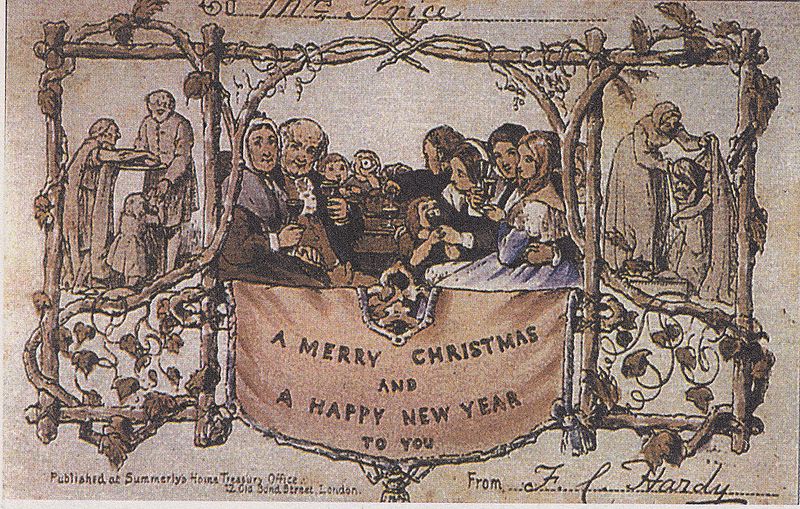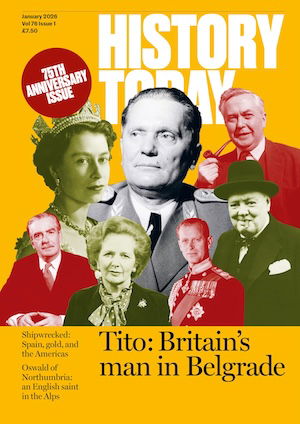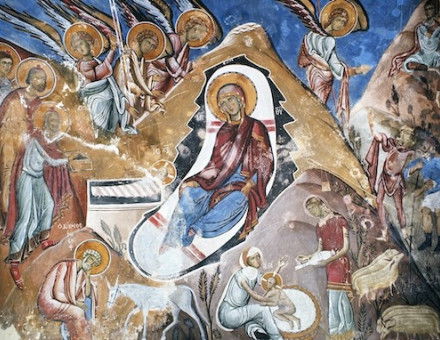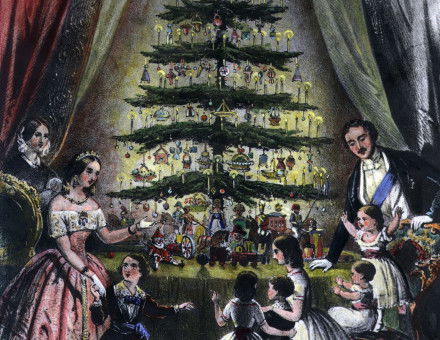Scrooge and Albert
Christine Lalumia sees the 1840s as the key moment in the creation of the modern celebration of Christmas.
 Today it is somewhat of a cliché to say that Christmas as we know it in Britain was either invented or largely created by the Victorians. In fact, historians never seem to tire of debating the role of the Victorians in forming our modern concept of the Christmas celebration. Was it invention or re-invention? Was it an act of myth-making or simply a case of repackaging older traditions in a form that suited their modern age and appealed to the general mood?
Today it is somewhat of a cliché to say that Christmas as we know it in Britain was either invented or largely created by the Victorians. In fact, historians never seem to tire of debating the role of the Victorians in forming our modern concept of the Christmas celebration. Was it invention or re-invention? Was it an act of myth-making or simply a case of repackaging older traditions in a form that suited their modern age and appealed to the general mood?





